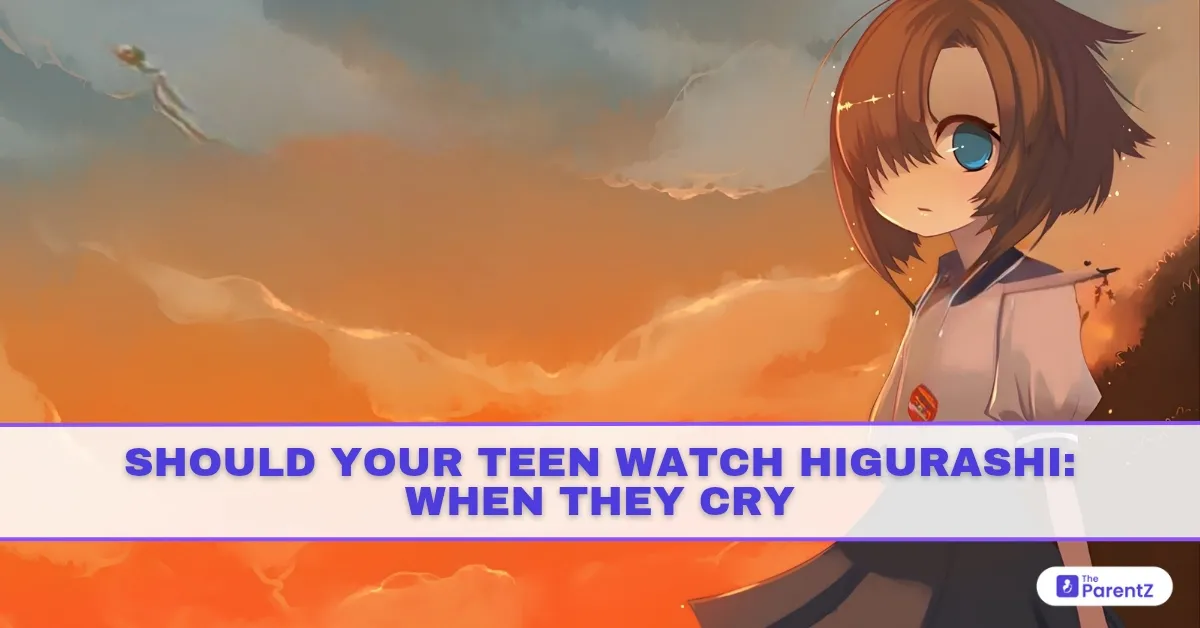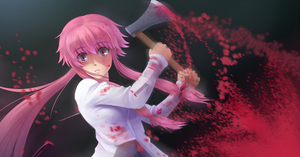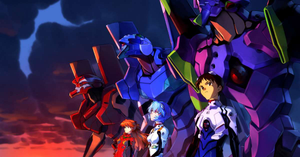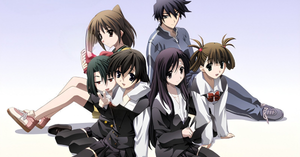A Parental Guide to Psychological Horror, Paranoia, and Cycles of Violence
Introduction
Higurashi: When They Cry doesn’t start with screams. It starts with laughter.
It opens like a slice-of-life anime: kids in a peaceful rural village, playing games, teasing each other, and sharing innocent summer moments. But very quickly—often without warning—it shifts. Smiles become sinister. Friends turn into threats. And the cheerful music gives way to cold, sharp silence.
For teens interested in psychological horror, Higurashi might seem like a compelling pick. But beneath the mystery lies extreme violence, paranoia, and themes that can leave a lasting emotional impact.
Overview
The story takes place in the small town of Hinamizawa in the early 1980s. Keiichi Maebara, a transfer student, begins to notice strange things: his friends acting suspiciously, villagers whispering about a yearly festival, and a chain of mysterious deaths and disappearances.
Each story arc ends in tragedy—often brutal, often unexpected—and then resets. The characters start again from the beginning, but something is always different. The truth unfolds slowly, revealing supernatural forces, psychological trauma, and the terrifying weight of memory and guilt.
There are multiple seasons, spin-offs, and reboots (Higurashi Gou and Sotsu), but the core themes remain consistent: trauma, paranoia, and the consequences of not listening to those who are suffering.
Themes
Graphic Violence and Gore
Make no mistake—this show is violent. Characters are stabbed, beaten, dismembered, and sometimes mutilated. The violence is often personal, with the camera lingering on the psychological terror as much as the physical impact. Many of the most disturbing scenes involve children harming each other.
It’s not violence for entertainment—it’s meant to disturb. And it does.
Paranoia and Mental Breakdown
As characters begin to suspect each other, the show immerses the viewer in their paranoia. Friends begin to lie, stalk, and question reality. The show plays with perception, memory, and fear in a way that can be deeply unsettling—especially for younger or emotionally sensitive viewers.
It blurs the line between what’s real and what’s imagined, often trapping characters (and viewers) in spirals of fear and helplessness.
Abuse, Neglect, and Psychological Trauma
Several arcs deal with child abuse, domestic violence, and neglect. One character is severely mistreated by a family member, while others suffer from intense emotional isolation. These storylines are handled with emotional weight but can be deeply triggering.
The show attempts to reveal how untreated trauma and lack of support can twist even the kindest people into something dangerous.
Age Preference
Recommended for: 18+
Despite the young-looking characters and bright visuals, Higurashi is not for younger teens. The emotional intensity, sudden violence, and psychological horror require an adult-level ability to process complex and disturbing material.
Who Should Not Watch
- Teens under 17, especially those new to psychological horror
- Viewers with a history of trauma, anxiety, or PTSD
- Anyone expecting a traditional murder mystery or supernatural thriller
- Parents looking for a horror show with emotional resolution or moral clarity
Higurashi isn’t just creepy—it’s emotionally destabilizing. It uses repetition and uncertainty to create an ongoing sense of dread.
Lessons From It
For those who can handle it, Higurashi does have something to say.
It shows how trauma, when ignored or hidden, doesn’t disappear—it festers. It reflects how misunderstandings and a lack of communication can escalate into tragedy. And it highlights how breaking a cycle of violence or fear often requires confronting the truth—no matter how painful.
There’s also a strong message about empathy. The show encourages viewers to look deeper before judging, to question what people hide behind their smiles, and to recognize that help isn’t always easy to ask for.
But these lessons are buried under layers of blood and screams—and they’re only accessible to viewers who can safely make it through the darkness.
Conclusion
Higurashi: When They Cry is an expertly crafted horror story—but it’s not for the faint of heart. It disguises its terror in friendship and bright colors, only to twist it into something nightmarish. For emotionally resilient adult viewers, it offers a chilling experience with genuine psychological insight. For most teens, though, it’s too intense, too violent, and too emotionally taxing.
If your teen is curious, don’t dismiss them—but do guide them. Ask what draws them to it. Offer safer psychological thrillers or mystery stories first. Because once Higurashi begins, it doesn’t pull punches. And the scariest thing about it? It’s not the monsters. It’s what happens when we stop listening to the people who are quietly falling apart.








Be the first one to comment on this story.